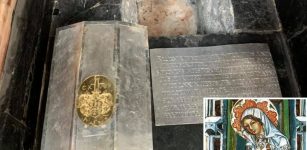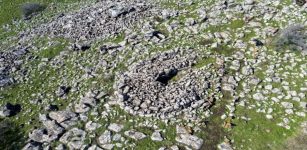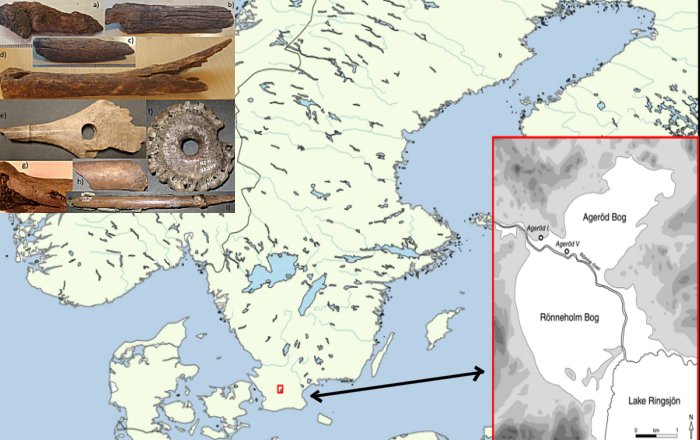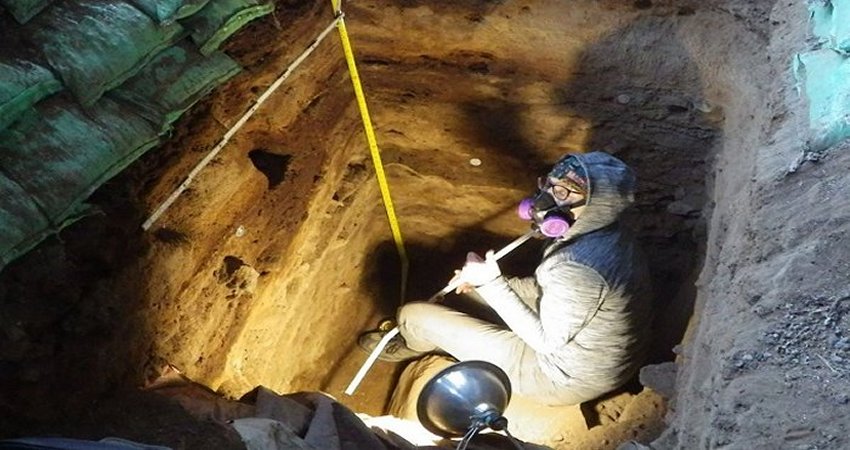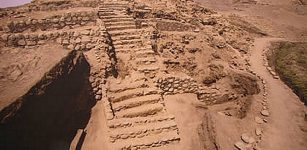2,300-Year-Old Theatre Discovered In Cyprus
MessageToEagle.com – A team of archaeologists from the University of Sydney have found ruins of the Hellenistic-Roman theatre of Nea Pafos, the oldest structure of its kind yet unearthed on the island of Cyprus.
The Australian Archaeological Mission from the University of Sydney has been excavating at the UNESCO World Heritage for two decades.
The structure – located on Cyprus’ southwestern coast – was used for performance and spectacle for over six and a half centuries from c. 300 BC until its final destruction in the earthquakes of AD 365.
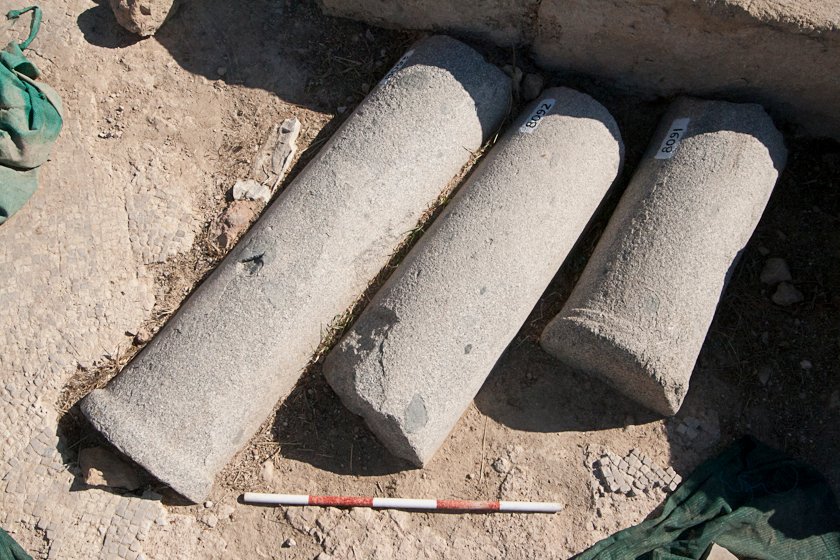
In September 2015 the team conducted a geo-mapping survey of the ruins of the town’s Roman colonnades.
Excavations also revealed a Roman paved road, approximately 8.40 meters wide, which was the main traffic thoroughfare to access the theatre and the nymphaeum.
The team speculates that this road near the theatre represented a major internal thoroughfare for the Roman Nea Pafos, leading to the nearby unexcavated North-East city gate.
“The existence of this road also confirms that ancient Nea Paphos was laid out on a typical Hellenistic grid plan,” according to the statement.
The discovery of numerous fragments of granite columns on the theatre site (over 30 to date) confirms the importance of the paved road,” said the statement.
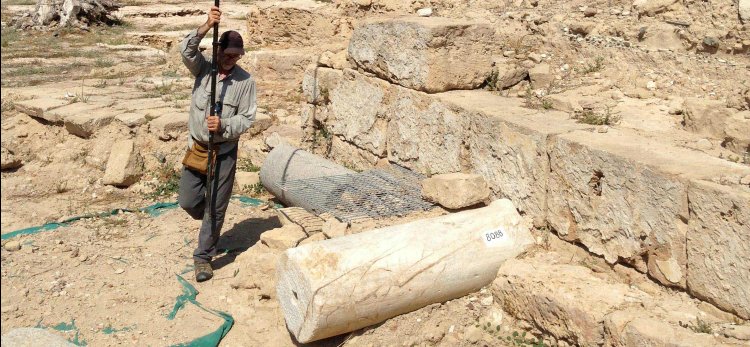
The largest and least common type of Troad columns stood at 24 Roman feet (over 7 meters) tall.
Although this survey has provided an overall impression of the location of the colonnades, many questions still remain such as the appearance of the street façade and the date that the colonnades were erected, although it seems likely to have been in the 2 nd century AD.
In addition to the colonnade survey, the ancient theatre was recorded for the first time using pole photography and photogrammetric programs which stitched together over two thousands individual high resolution photos.
MessageToEagle.com
source: In-Cyprus


